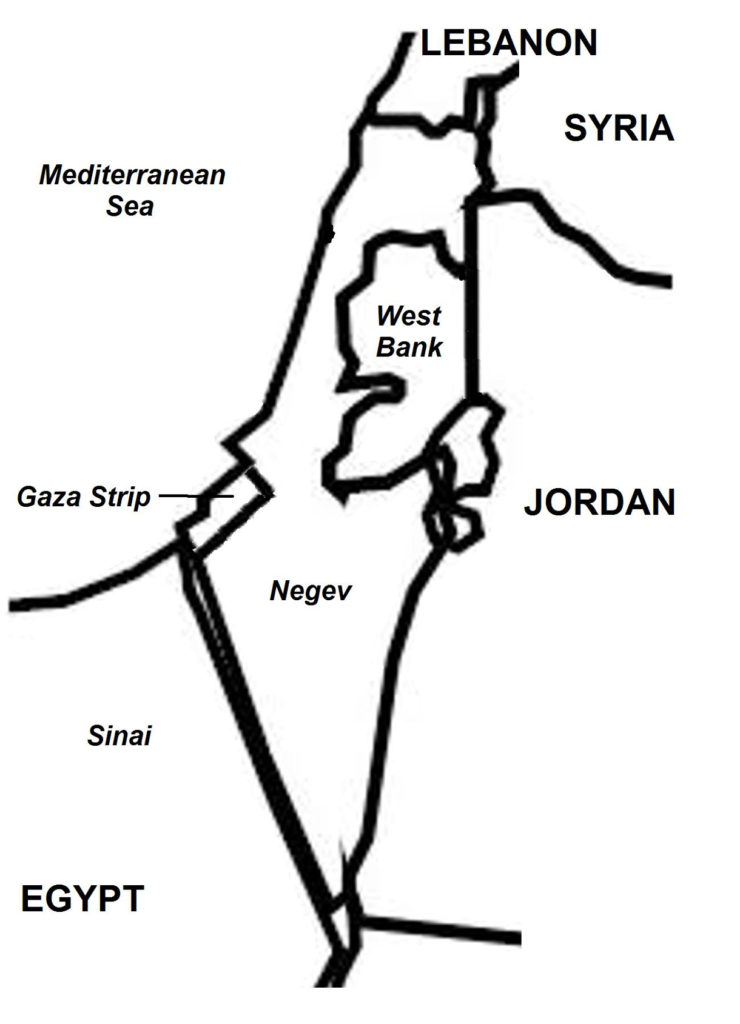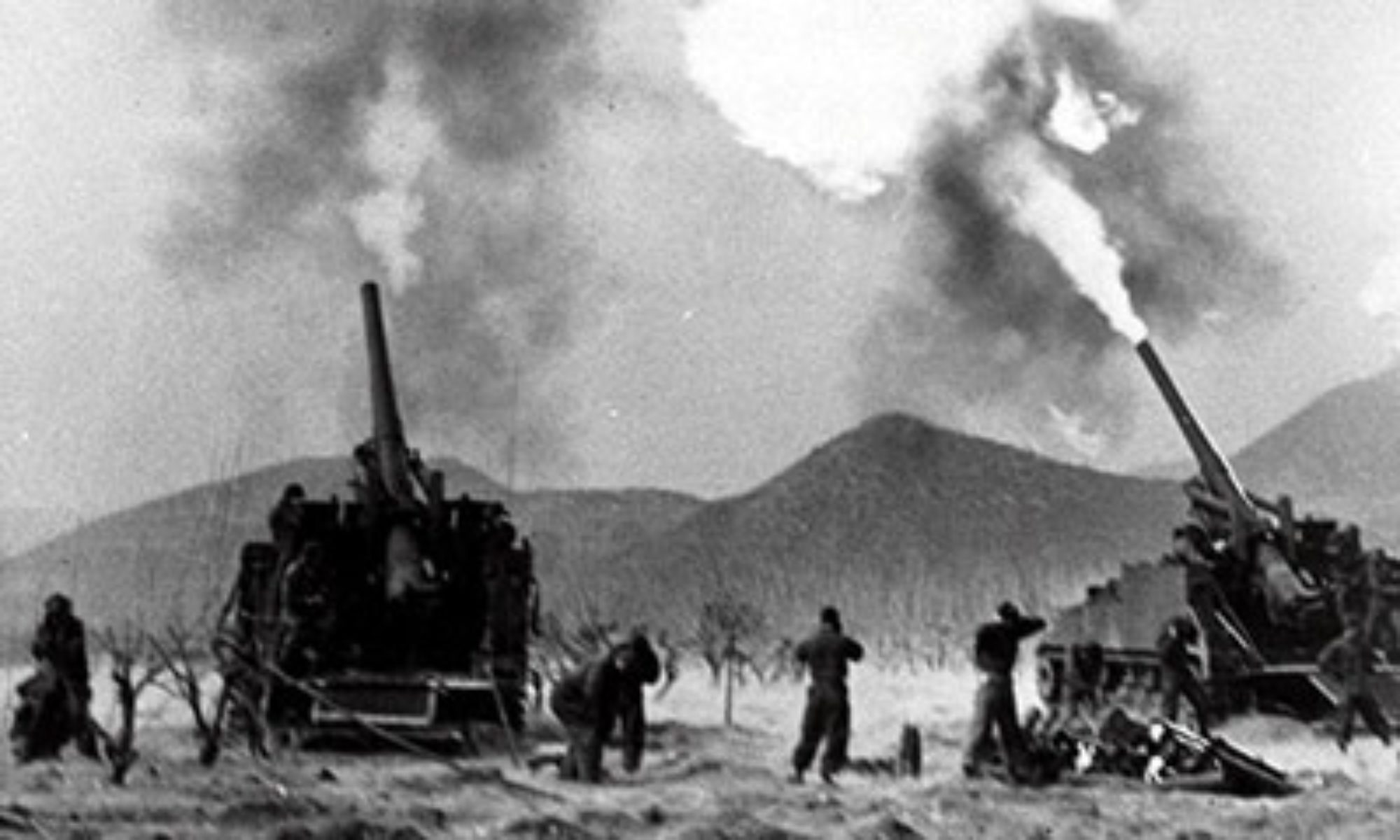On December 6, 1987, an Israeli citizen was murdered in Gaza. Two days later, four Palestinian residents of the Jabaliya refugee camp in Gaza were killed in a road accident by a truck belonging to the Israeli Army. Many residents of the Jabaliya camp took to the streets in protest, believing that the four Palestinians were killed deliberately in reprisal for the Gaza murder. Israeli security forces moved in to disperse the crowd, but in the process, opened fire and killed a protester. Demonstrations then broke out in other refugee camps in Gaza and the West Bank, triggering a full-blown uprising.

The 1987 Palestinian uprising is more commonly known as the First Intifada, where the word “intifada” is Arabic that means “to shake off”, and has come to denote an uprising or rebellion. The 1987 Intifada initially took the form of spontaneous, disorganized street rallies and demonstrations consisting of tens of thousands of Palestinians who incited anarchy and clashed with Israeli security forces. Youths and minors often formed the front lines, leading Israeli authorities to accuse the Palestinians of using the children as “human shields”. The protesters lobbied stones and Molotov cocktails (home-made incendiary bombs) at the police, burned tires, and set up road blocks and barricades. Militancy increased when the protesters began using firearms and grenades as weapons. Other Palestinians supported the intifada through non-violent means, such as not paying taxes, boycotting Israeli products, and undertaking other forms of civil disobedience.
The depth and speed of the intifada surprised Israeli authorities, who believed that the actions were being planned and carried out by the PLO. In fact, each local protest action was organized by community leaders in response to and in support of other uprisings that were already taking place, creating a snowball effect. Eventually, however, the intifada came under the centralized command of the Unified National Leadership of the Uprising (UNLU), an alliance of PLO factions in the occupied territories, which began to carry out more organized militant actions. Two other Palestinian armed groups, Hamas and Islamic Jihad, also rose to prominence during the intifada and emerged as the political and military rivals to the PLO.
(Taken from Palestinian Uprising of 1987 – 1993 – Wars of the 20th Century – Volume 2)
Background As a consequence of the 1947-48 Civil War in Mandatory Palestine and the 1948 Arab-Israeli War, some 700,000 Palestinian Arabs lost their homes and became refugees. Most of them eventually settled in the Gaza Strip and West Bank. The Palestinian Jews emerged victorious, in the process establishing the state of Israel. Then with the Israeli Army’s victory in the Six-Day War in 1967 (separate article), the Israelis gained control of Gaza, the West Bank, and East Jerusalem. Israel imposed militarized authority over the “occupied territories” (as the Gaza Strip, West Bank, and East Jerusalem were called collectively) as a means to deter opposition. Check points and road blocks were raised, searches and arrests conducted, and civilian movement curtailed and monitored. Perceived enemies were eliminated, imprisoned, or deported. Furthermore, the Israeli government encouraged its citizens to migrate to the occupied territories, where Israeli housing settlements soon began to emerge.
The Palestinians greatly resented the presence of the Israelis, whom they regarded as a foreign force occupying Palestinian land. Furthermore, as the Israeli authority became established and greater numbers of Israeli settlements were being built, the Palestinians believed that their lands eventually would be integrated into Israel. The Israeli occupation was also perceived as a serious blow to the Palestinian people’s aspirations for establishing a Palestinian state.
The Palestinian Liberation Organization, or PLO, a political and armed movement, was formed in 1964 and was headed by Chairman Yasser Arafat to lead the Palestinians’ struggle for independence. However, the PLO experienced many setbacks, not only in the hands of Israel but also by the Arab countries to which the Palestinians had turned for support. In 1970, the PLO was expelled from Jordan and thereafter moved to Lebanon where, in 1982, it also was forced to leave. Subsequently, the PLO moved its headquarters to Tunisia, whose distant location prevented the Palestinian leadership from exercising direct control and influence over the affairs of Palestinians in the occupied territories. The PLO itself was wracked by internal dissent among some factions that opposed Arafat, who had cast aside his hard-line stance against Israel and adopted a more conciliatory approach.
Furthermore, later developments in the Middle East boded ill for the Palestinians. Egypt, the militarily strongest Arab country and a main supporter of the PLO, had signed a peace treaty with Israel in 1979 and ceased its claim to the Gaza Strip. Jordan had not only expelled the PLO but had relinquished its claim to the West Bank and consequently stripped the Palestinian residents there of Jordanian citizenship. Syria, another major backer of the PLO, had a falling out with Arafat during the 1982 Lebanon War and began to support a rival PLO faction that ultimately forced Arafat and his Fatah faction to leave Lebanon a second time. For so long, the Arab countries’ regional security concerns centered on the Palestinians’ struggle for statehood. In the 1980s, however, much of the concentration was on the Iran-Iraq War, relegating the Palestinian issue to a lesser focus. Palestinians believed that many Arab countries, because of the Arab military defeats to the Israelis, generally had abandoned active support for the Palestinians’ nationalist aspirations.
The Palestinians’ frustrations were compounded by dire economic circumstances in the West Bank and Gaza. Nearly half of all Palestinians were poor and lived in refugee camps in cramped, squalid, and poorly serviced conditions. Unemployment was high and so was the Palestinians’ birth rate, leading to more people competing for limited opportunities and resources.
Ever since the Israelis took over the occupied territories, tensions between Israelis and Palestinians persisted, which often erupted in violence. Then during the second half of 1987, these tensions rose dramatically, ultimately leading to a major Palestinian uprising that was triggered by the following events.
